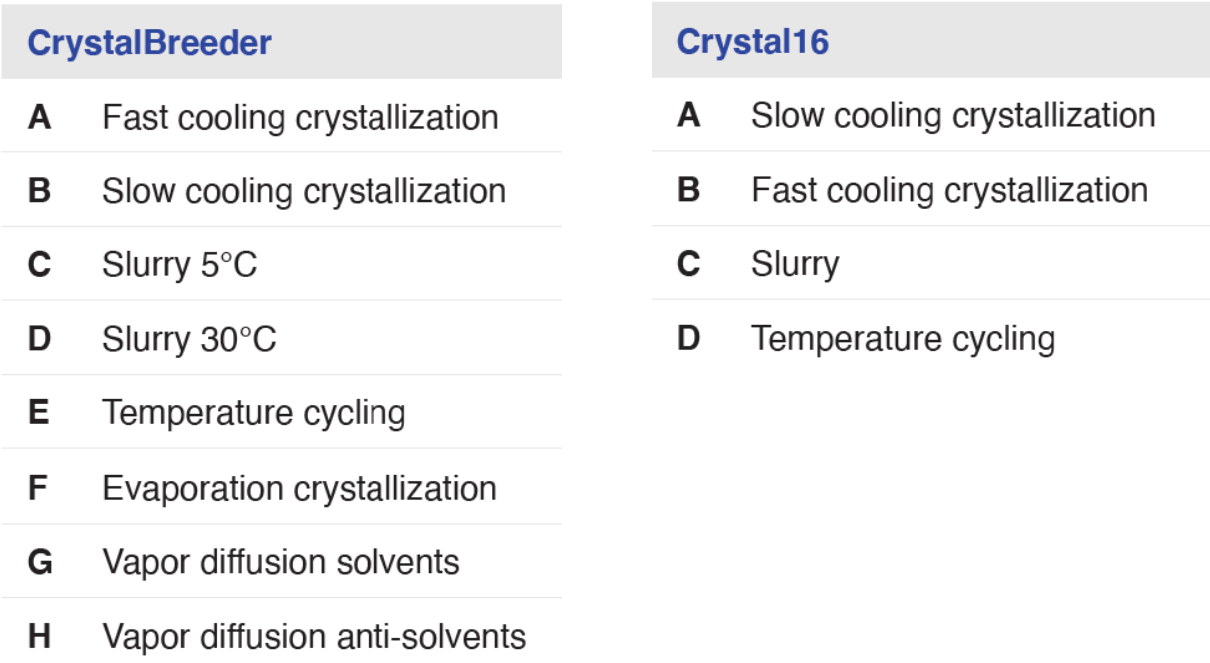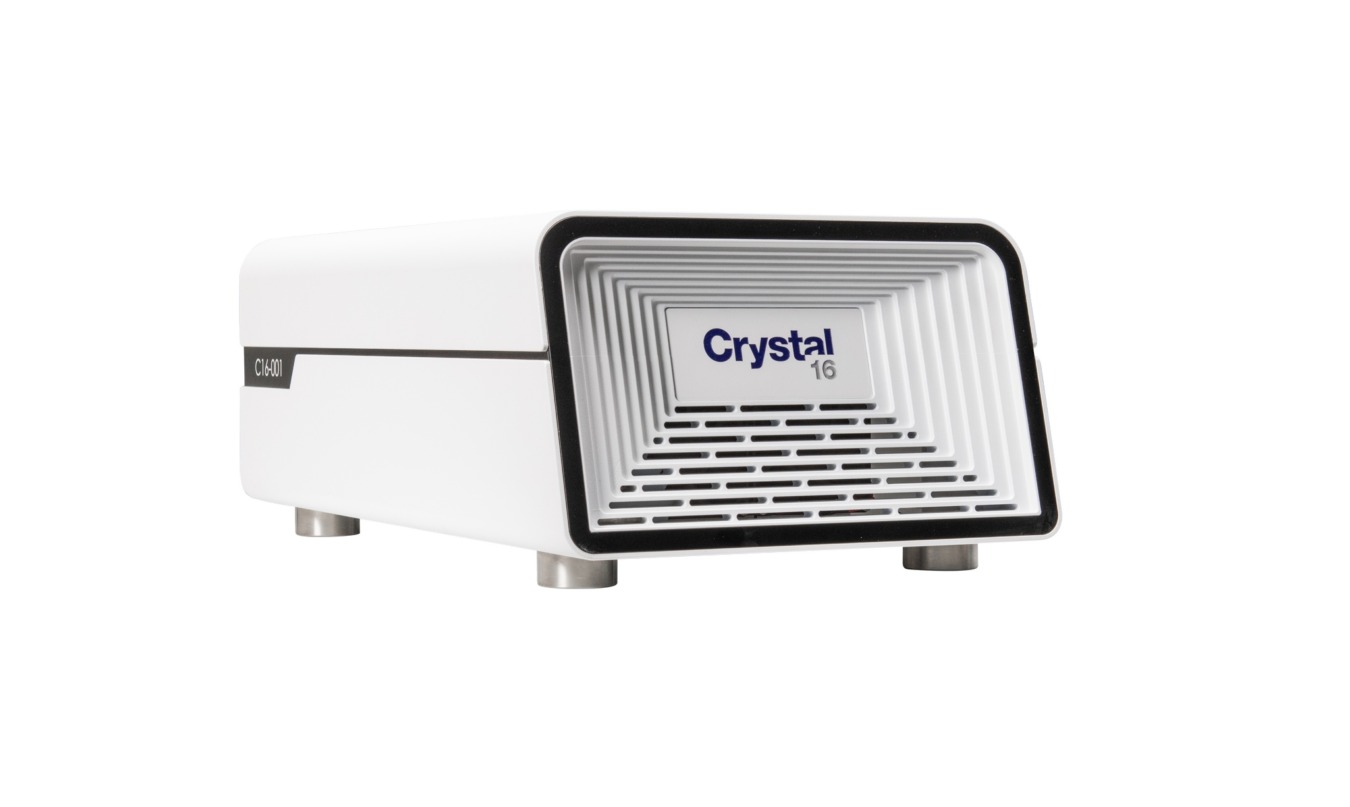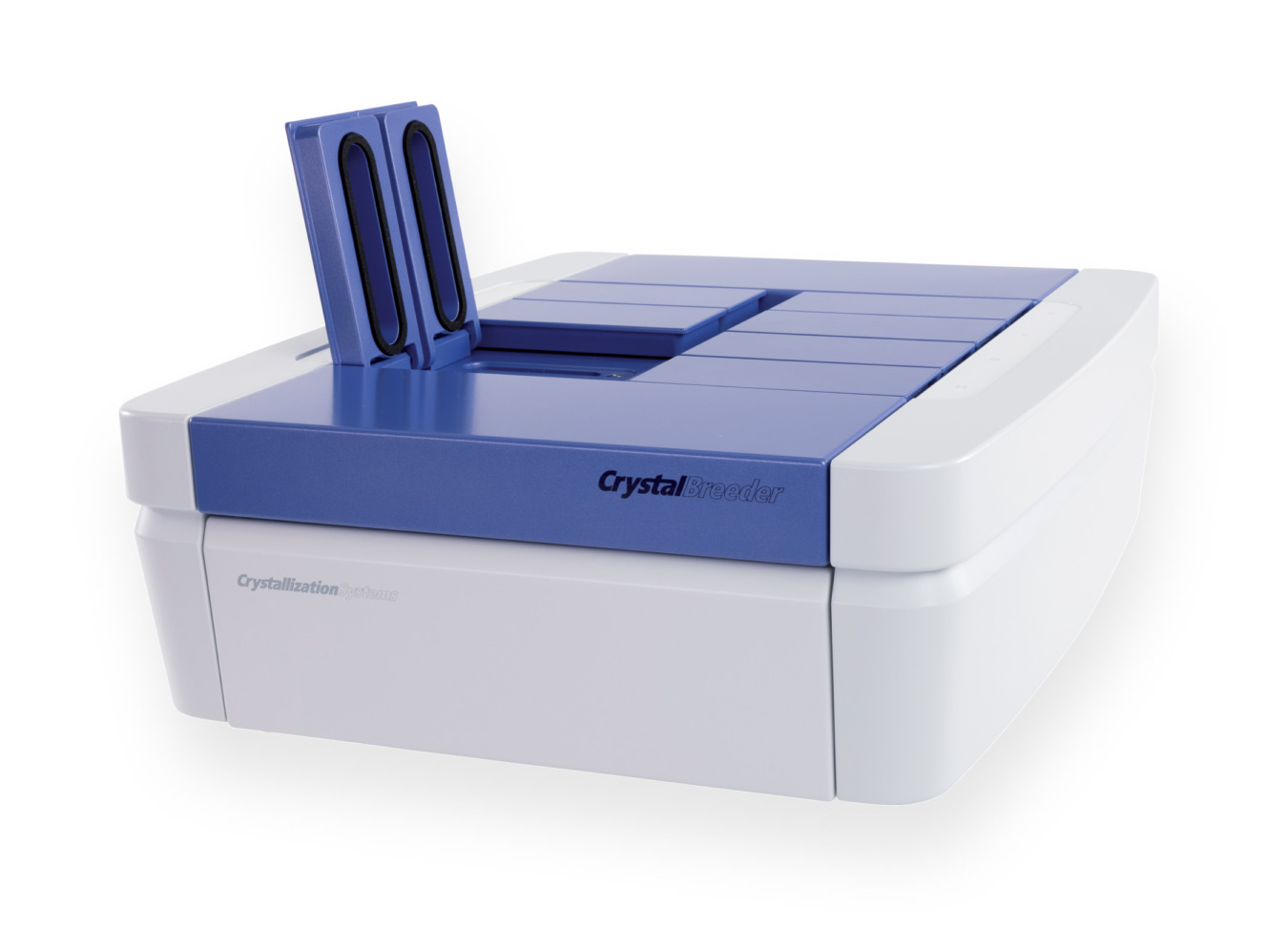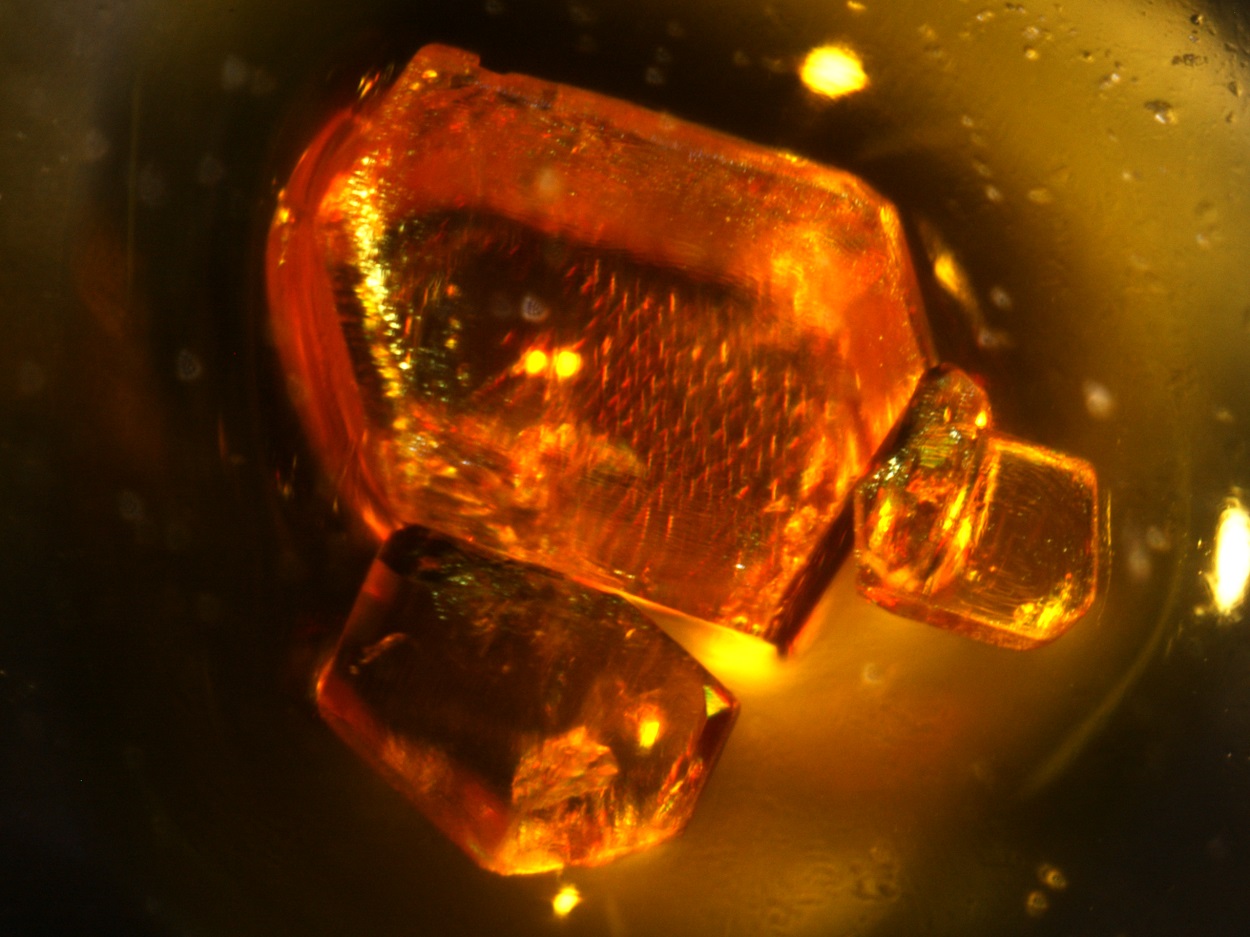Every day, hundreds of active ingredients are produced within the pharmaceutical industry. Understanding the solid state of your active ingredient will lead you to full properties acquirement. Polymorphs, as well as solvates or hydrates of your active ingredient may differ in key properties such as solubility, dissolution rate, stability, and particle habit. Finding the optimal form with the best characteristics for development is critical. When the compound reaches the batch-production stage, reproducibility of the desired polymorphic or salt form is of key importance in the development of the compound. In order to be able to select the optimal form, knowledge of as many as possible forms is needed. Crystallization is the experimental technique used to perform solid form screens. The crystallization methods discussed here are applicable to all organic molecules. CrystalBreeder and Crystal16 provide the perfect tool to automate the execution of crystallization experiments, improving reproducibility while drastically increasing productivity and efficiency without compromising on flexibility.

When designing a crystallization screen there are several experimental parameters to consider, such as: crystallization method, solvents and solvent mixtures, concentration, cooling rates, ageing time, etc. Below you may find some general guidelines to consider while designing your crystallization screen.
A typical polymorph/crystallization screen on the Crystal16 would include at least 16 experiments by using 3 crystallization methods: cooling crystallization, slurry and temperature cycling. Four different solvents could be chosen for the crystallization experiments. Two different cooling profiles could be applied for cooling crystallization (e.g. a fast and a slow cooling rate of 5 °C/min and 0.1 °C/min). Additionally, one can also choose for 2 ripening times (short ripening to capture unstable or kinetically stabilized forms and long ripening to allow more stable forms to appear).


Different concentrations and different crystallization temperatures can also be considered while designing the crystallization experiments. To fully characterize the solid forms obtained, screening experiments executed on the Crystal16 and CrystalBreeder are typically followed by analytical work using X-ray diffraction, microscopy, spectroscopic techniques, and thermal analysis.

Curious to learn more?
Read more about the experiments in this article in the application note "Improve and accelerate your crystallization screens".